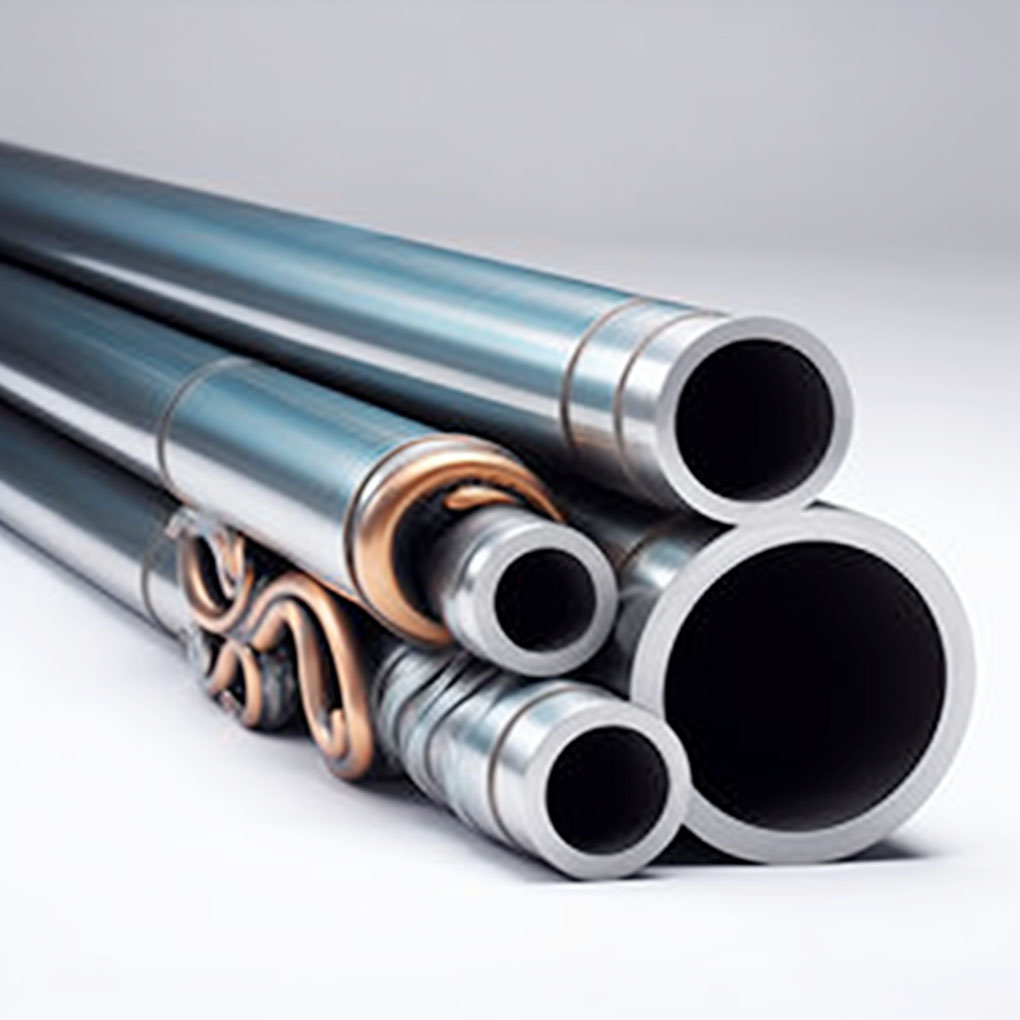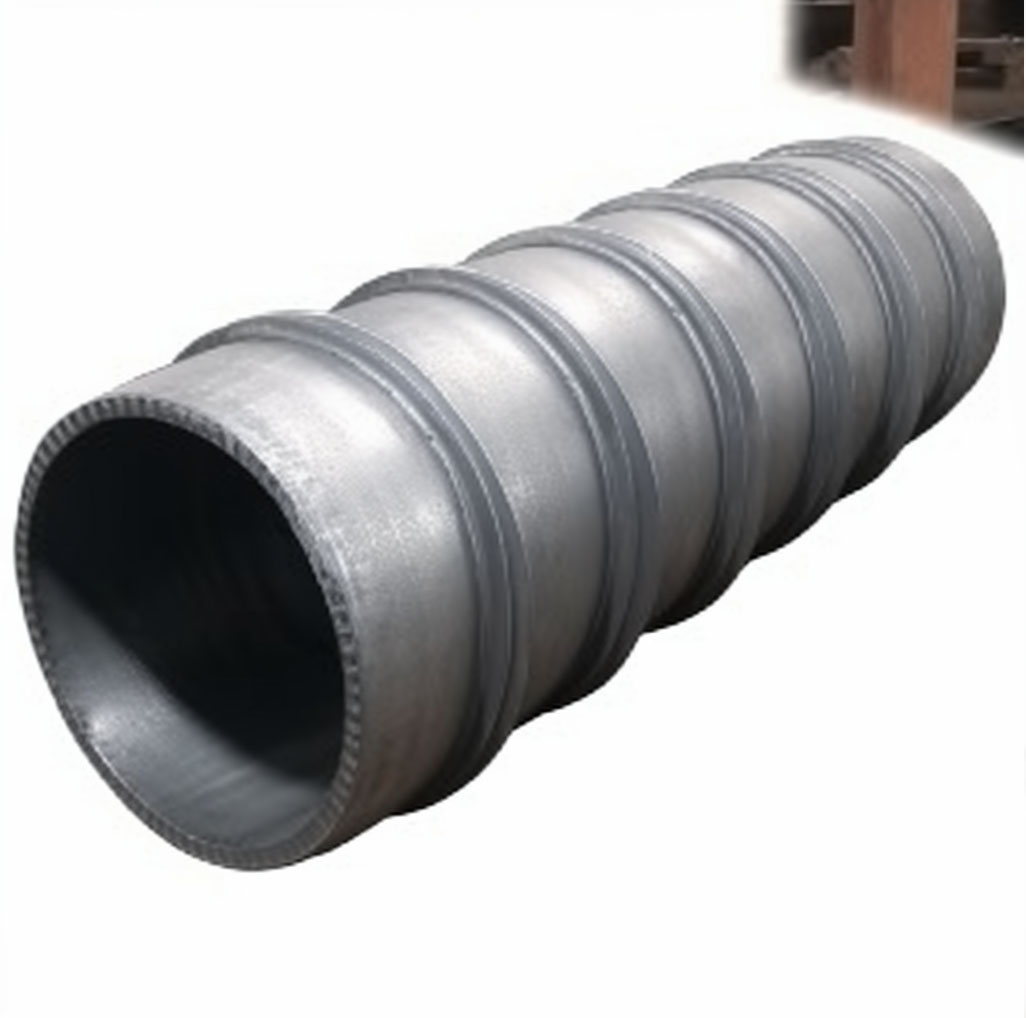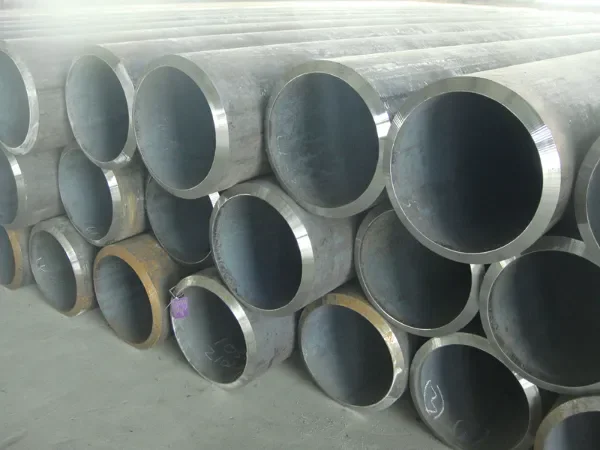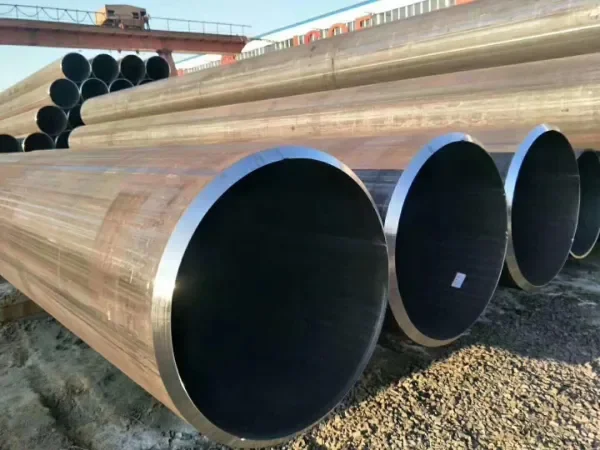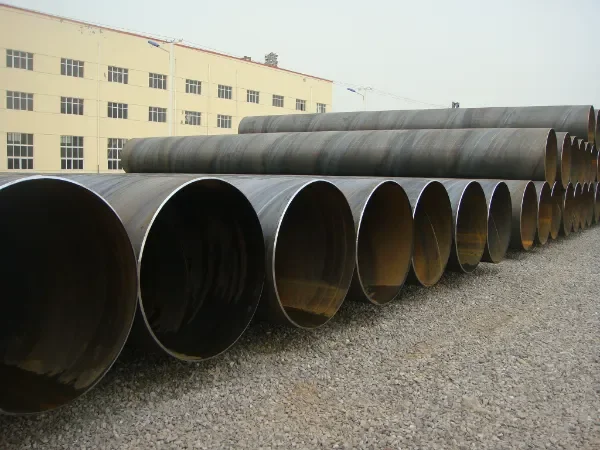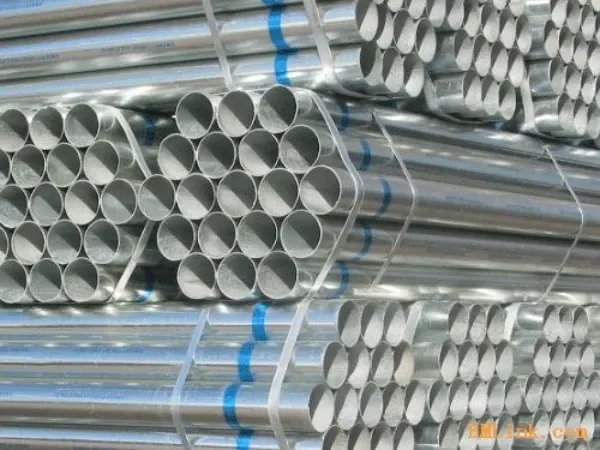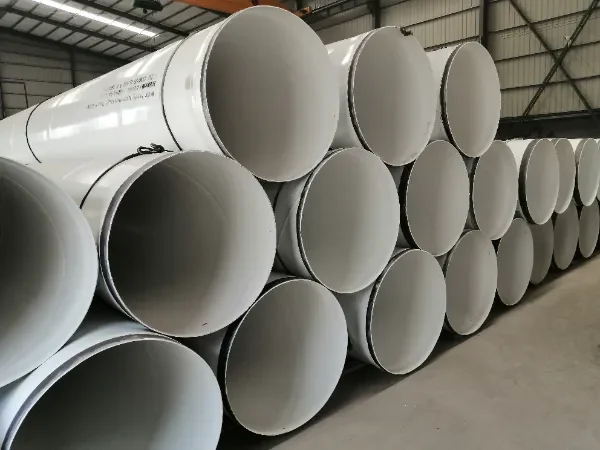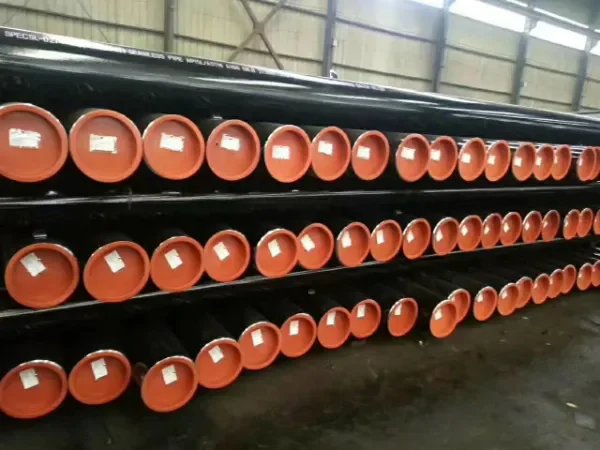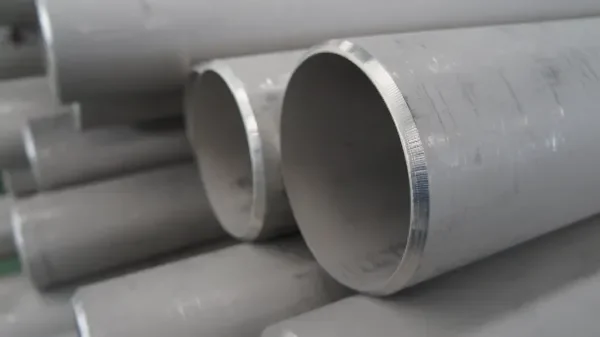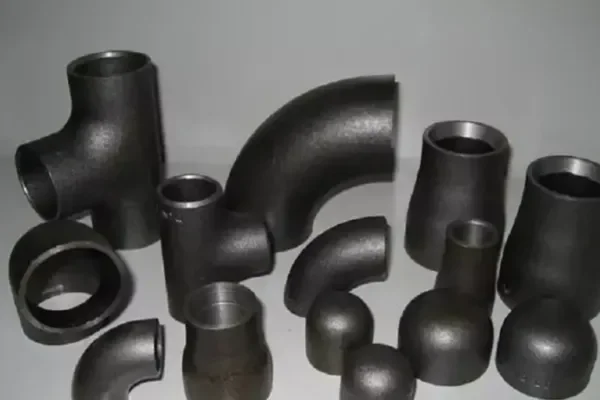Steel Pipe Coating
To make steel pipes with an anti-corrosion effect refers to measures to slow down or prevent corrosion and deterioration of pipes under the chemical or electrochemical action of the internal and external media or by the metabolic activities of microorganisms.
Cangzhou shenlong pipe manufacture co.,ltd. can provide a variety of protective coating and lining services. Some of the most common coating lining services are FBE (Fusion Bond Epoxy), Epoxy, polyethylene Spiral Wrap, epoxy coal tar, and Galvanizing. FBE coating and Cement lining are commonly lining types. This protective layer of coating is helpful to prevent corrosion, which can lead to leaks, service interruptions, and even explosions in the steel wall.

3PE anti-corrosive steel pipe
3PE anti-corrosive steel pipe base materials include seamless steel pipes, spiral steel pipes, and straight seam steel pipes. The three-layer polyethylene (3PE) anti-corrosive coating has been widely used in the petroleum pipeline industry due to its good corrosion resistance, water vapor permeability, and steady mechanical properties. The anti-corrosion layer of 3PE anti-corrosion steel pipe is very important to the life of buried pipelines. Some pipelines with the anti-corrosive coating will not corrode after being buried underground for decades, while some will leak in a few years. It is because they use different outer anti-corrosion layers.
Advantages of 3PE anticorrosive steel pipe:
1. PE anticorrosive pipeline has extremely high sealing performance. It can be a long-term operation, which can greatly save energy, reduce costs and protect the environment.
2. Strong corrosion resistance, simple and quick construction, and service life can reach 30-50 years.
3. Good corrosion resistance and impact resistance under low-temperature conditions, and the PE water absorption rate are low (less than 0.01%).
4. High epoxy strength, low water absorption of PE, and good softness of hot melt adhesive. It has high anti-corrosion reliability.

Epoxy-coated steel pipe production process:
Firstly, Sandblasting after producing the bare steel pipes as per order requirement to remove oil and grease, etc. thoroughly by high-pressure fresh water cleaning. Abrasive blasting to minimum Sa 2½ (ISO 8501-1:2007). All damages to shop primer and contamination from storage and fabrication should be thoroughly cleaned prior to over-coating.
Then processing coating by airless spray under a suitable temperature to achieve maximum film thickness as per clients' demand.




